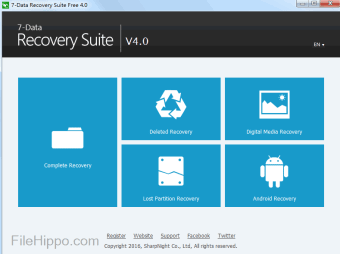SSD Repair: What to remember at the time of recovery

SSDs due to their qualities are becoming more and more popular among customers widely already used especially in more expensive laptops and computers. However, their marketing reliability and longevity disseminated in advertisements is quite different from the real one. Repairing SSD disk systems and retrieving data from them poses many challenges for everyday data recovery engineers. At the outset, it should be noted that SSDs are not trouble-free and break down at a frequency similar to disk drives. This is where ssd repair comes with great support from the professionals.
When it comes to failure rate from the Data Recovery side the only difference is the lack of mechanical defects. Unfortunately, SSDs present a whole range of electronic damage, firmware or other problems related to the consumption of NAND memory cells.
Engineers from our laboratory joke that SSDs are tricky because while disc disks produce warnings in the form of various damage symptoms noisy operation, slow operation SSD disks simply stop working from minute to minute and at first glance it’s hard to say what the reason is.
Data Recovery laboratory offers a wide range of services related to SSD disks. These are both SSD electronics repair services as well as firmware. It should be noted, however, that the disk repair process is carried out until it is possible to recover Data from it, and not to restore its full functionality regardless of whether the electronics or firmware have been damaged.
What you can currently do regarding recovering data from damaged SSDs
At the moment we are able to recover data from SSDs based on ATA and SATA interface. Drives based on the PCI-E or NVMe interfaces are not currently supported which does not mean that this will not change soon. They do not have a standard controller on the disk part of the operation is performed directly by the processor and the computer’s motherboard controller. Therefore, it is not possible to recover Data from such storage at this time. It remains only to advise owners of computers based on this architecture to make frequent copies of the most important Data.
In the Recovery Process
It is important that the computer has communication with the damaged disk e.g. may report with a different capacity or have a busy state, etc. then there is a chance that the disk has no serious damage to the controller or NAND memory and most likely the disk firmware has failed. With such a failure, you can usually recover complete data.

Disk support and Data Recovery
It is not only about mapping the controller functions, but also about mapping the Data layout with the firmware version. This means that the encryption and distribution of Data may be completely different even on disks based on the same controller but manufactured e.g. by another company. Then the information may not be recoverable. The number of SSD media manufacturers, and thus also SSD memory projects, is huge. Due to the multitude of designs, only the most popular manufacturers’ disks receive technical support for Recovery. For other SSD problems, such as deleting or formatting data, logical errors and other faults, use all available methods to restore the data successfully.
